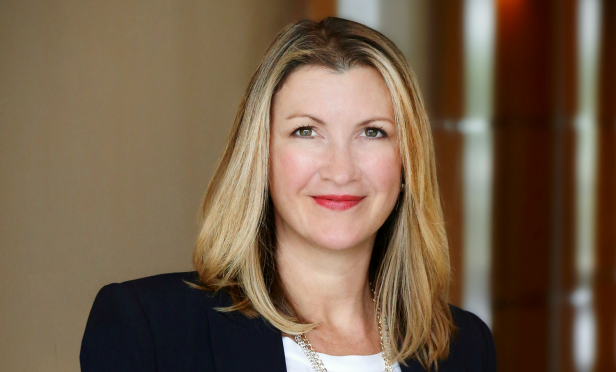As the cycle matures and opportunities for yield grow scarce, investors are changing up acquisition strategies. According to a recent sentiment report from RCM LightBox, investors are showing increased caution this year in response to a combination of peak cycle fundamentals and the presidential election this year. The caution is playing out as strategic shifts in business objectives and acquisition goals.
"Investor strategies are varied, depending on their investment objectives, time horizons, and the property type they favor," Tina Lichens, COO at RCM LightBox, tells GlobeSt.com. "Some investors are looking to secondary and tertiary markets where increasing population and changing demographics mean sound investment opportunities are still available."
The pool of active investors in the market has also shifted with smaller investors and private capital driving investment volumes. "The profile of today's office investor, for example, has changed and for the foreseeable future is likely to remain more oriented to family offices, real estate private equity firms and larger insurance companies," says Lichens. "They are gravitating to markets where there is a strong supply of talent to support growth in technology and other sectors."
These investors are also making safer bets on investment assets. While value-add deals have been the most sought-after assets this cycle, investors are now looking for stabilized, lower risk assets that can survive a potential downturn. "With the lateness in the cycle, many investors increasingly are considering stabilized assets as a practical, defensive move. In buying a stabilized asset, investors are not simply looking at occupancy, but are also focusing on Weighted Average Lease Term (WALT) of the tenants in place," says Lichens.
Stabilized assets have the benefit of predictability, and that is really what today's investors are after. "A lot of buyers, particularly those acquiring stabilized assets, don't want a lot of rollover," says Lichens. "They're looking for healthy, predictable cash flow levels that will produce targeted internal rates of return for investors."
With fear of a downturn looming, investors are also rethinking their exit strategy. "Additionally, one of the greatest concerns of investors today is the ability to hit exit numbers three to five years down the road," says Lichens. "Most investors are being very conservative in terms of hold and sell times, rental rates, tenant improvements and capital expenditures as they look to hit their target IRR for a strong exit. These practical assumptions are a contributing factor toward keeping the risk/return relationship in check."
© Touchpoint Markets, All Rights Reserved. Request academic re-use from www.copyright.com. All other uses, submit a request to [email protected]. For more inforrmation visit Asset & Logo Licensing.







